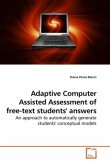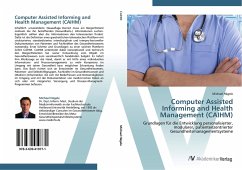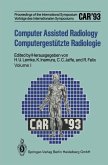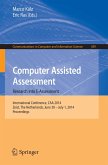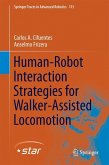During complex liver interventions, navigation support is used for improved visualization of the vascular structure of the liver and for guidance of resection and ablation tools. One problem that arises during the use of such a system is that it is very challenging to provide efficient and intuitive means for the interaction between the surgeon and the virtual information displayed by the navigation system. The aim of this work was to develop a usable human-machine interface for the surgeon in the sterile area adapted to the existing liver navigation system. As claimed in the IEC 60601-1-6 and IEC 62366 for medical devices, a user profile was created, a task analysis and market research performed and platform capabilities and constraints analyzed. In the iterative development process a wired remote control composed of a programmable touchscreen and a 3D mouse was devised. Part of the development was the design of a suitable case which is usable in clinical environment. The prototype, build of cardboard, in rapid prototyping and out of aluminum was evaluated in two workshops by surgeons and also in a usability test with 15 test persons.
Bitte wählen Sie Ihr Anliegen aus.
Rechnungen
Retourenschein anfordern
Bestellstatus
Storno


